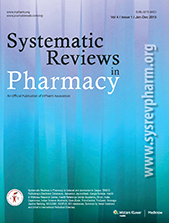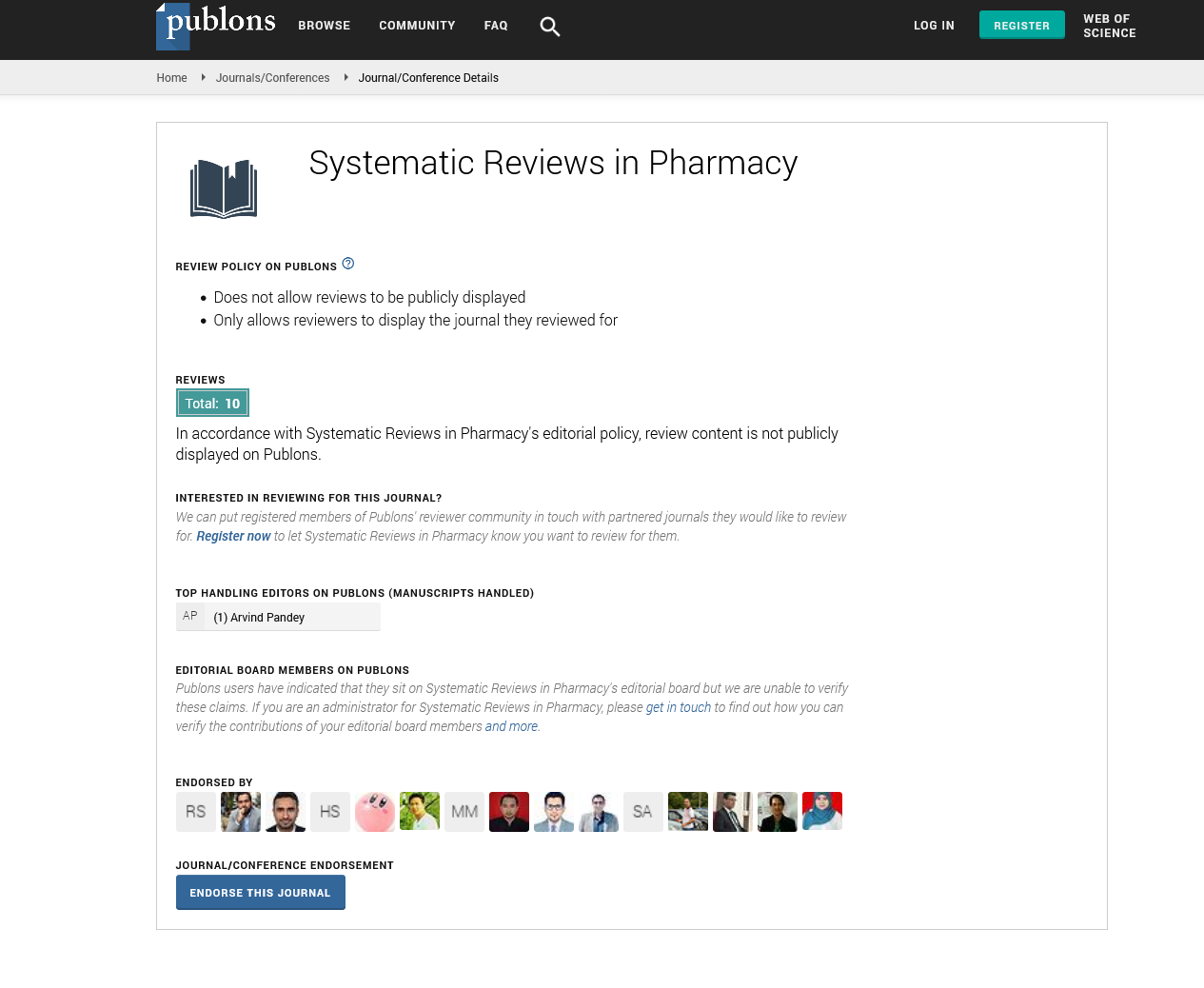Investigation of microbiological and organoleptic properties of bee products (bee venom, solid pollen, and royal jelly) through water activity quantification during 8 days of storage
Abstract
Harold A. Prada-RamÃÂrez80306*, Raquel Gómez-Pliego80307, Willy-F Cely-V80308, Ericsson Coy-Barrera80309, Sandra Gonzalez-Alarcon80310, Rodrigo Palacio-Beltrán80311, Juan Pablo Montes-Tamara80312, Romel Peña-Romero80313, David DÃÂaz-Baez80314, Gloria Inés Lafaurie80315 and Humberto Zardo80316
The aim of this investigation was to assess the stability of biological bioregulators for a maximum holding time of 8 days through water activity measurements. Microbiological and organoleptic measurements were carried out in parallel and simultaneously in order to experimentally establish a relationship between the status of the water activity and the microbiological and organoleptic characteristics of the tested bee-derived materials. Bee venom, solid pollen and royal jelly were stored for a maximum holding time of 8 days at specific storage conditions such as light-resistance glass containers and under refrigerated storage. For all the bioregulators tested, water activity measurements were performed on days 0, 5 and 8. On days 0 and 8, microbiological and organoleptic assessments were performed. Based on the scientific literature, it was established that under these storage conditions, bee venom, solid pollen and royal jelly exhibited water activity of 0.5278, 0.3088 and 0.9766, respectively, during the entire holding time. The results indicate that water activity can be used as a quality indicator for the microbiological and organoleptic stability of raw bee-derived materials intended to be used for the development of new dietary and nutraceutical formulations in different pharmaceutical forms such as tablets, capsules, lozenges, powder, granulated and oral suspension.






